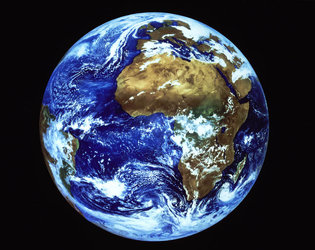Lesson 1: Being an astronaut

On 12 April 1961, the Soviet Union launched the first ever human being, Yuri Gagarin, an air-force officer, into Earth’s orbit in a Vostok-1 capsule. Since then, many children dream of flying one day into space, and hundreds have already realised their dream and become astronauts.

To travel to space, astronauts board a rocket or space vehicle: either the Russian Soyuz rocket or the American Space Shuttle.
Astronauts are currently living and working on board the International Space Station (ISS). They have to be in excellent physical and mental shape. Living in space is completely different as astronauts float around in space.
Astronauts must speak English and learn Russian.
On 20 July 1969, the American Commander - Neil Armstrong - of the Apollo-11 lunar mission, was the first person ever to step onto the Moon. Over the past 40 years a lot of experience has been gained in space exploration, and scientists are now looking into future manned missions to Mars.
Astronauts need piloting experience in order to be able to fly rockets to space and back again. They also take care of the ISS’s flight path.
In space, astronauts are building the ISS and performing scientific experiments in weightlessness. They are usually scientists or engineers, but they also need to know a lot about other disciplines.
Astronauts speak English and Russian during a mission in order to communicate with their crew members and also with the ground mission control centres.
|















